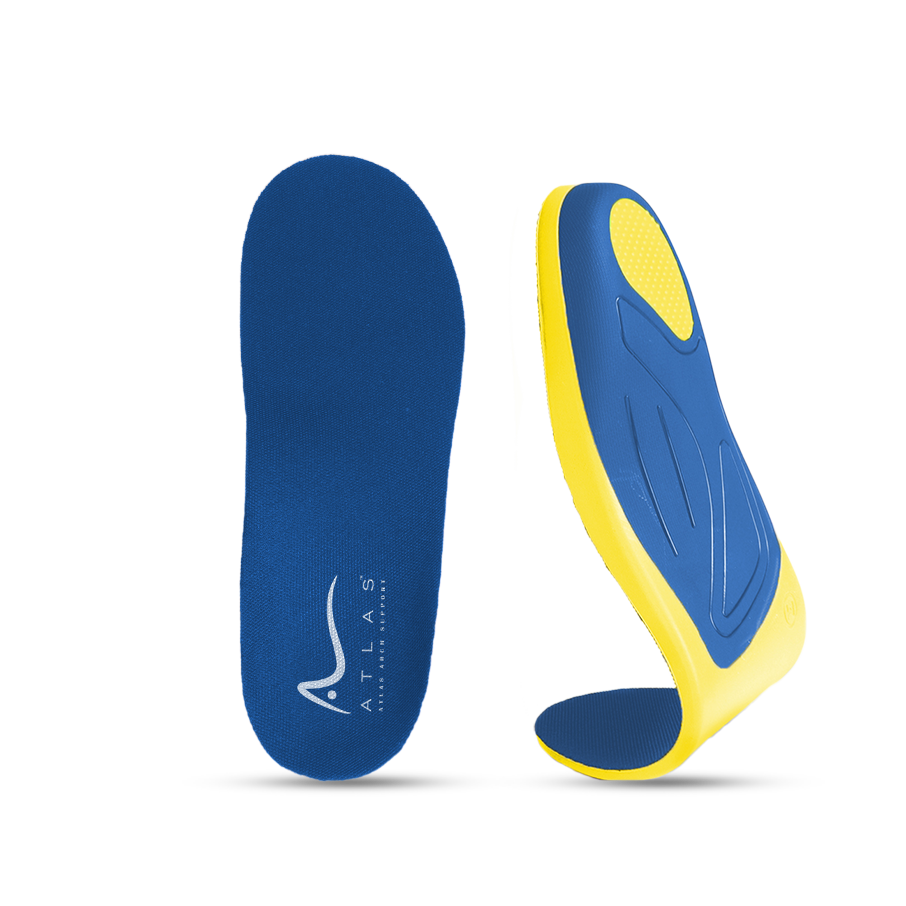Raynaud's Phenomenon is a medical condition characterized by a temporary reduction in blood flow to certain areas of the body, primarily the fingers and toes. This reduction in blood flow is often triggered by cold temperatures or emotional stress, leading to noticeable changes in skin color and sensation in the affected areas.
Classification of Raynaud's Phenomenon
Raynaud's Phenomenon is classified into two main types, each with its own characteristics and underlying causes:
-
Primary Raynaud's Phenomenon: This is the most common form and occurs without any other underlying disease. Its symptoms are usually mild and manageable. The exact cause of primary Raynaud's is unknown, but it is thought to be related to disruptions in how the nervous system controls blood vessel dilation and constriction. Management often involves lifestyle changes such as keeping warm, reducing stress, and avoiding caffeine and smoking. In severe cases, medication may be required to help dilate blood vessels.
-
Secondary Raynaud's Phenomenon (Raynaud's Syndrome): This less common but more serious form occurs as a result of another underlying health condition, often an autoimmune or connective tissue disease like scleroderma, lupus, rheumatoid arthritis, or Sjögren’s syndrome. Management focuses on treating the underlying disease and may involve a combination of lifestyle changes, medication, and sometimes surgical options to improve blood flow.
Impact on the Feet
Raynaud's Phenomenon significantly impacts the feet, a key area of discomfort for many sufferers. The condition's hallmark is its distinct phases of color change during an attack, which not only signal the progression of an episode but also the varying degrees of blood flow disruption and restoration:
- White Phase: This initial phase indicates a complete lack of blood flow (ischemia) to the feet, leading to a pale or white appearance. This is the body's response to cold or stress, resulting in the narrowing of small blood vessels in the extremities.
- Blue Phase: Following the white phase, the feet may turn blue, a sign that oxygen levels in the tissue are depleting. This phase underscores the prolonged lack of adequate blood flow and the beginning of oxygen deprivation in the affected areas.
- Red Phase: As the episode concludes and blood flow begins to return, the feet may turn red, often accompanied by a throbbing or burning sensation. This reperfusion phase can be both a relief and a source of discomfort due to the sudden rush of blood back into the tissues.
Managing Raynaud's Phenomenon
Managing Raynaud's Phenomenon requires a multifaceted approach tailored to the individual's symptoms and the severity of their condition. Here are some detailed strategies for managing Raynaud's, aimed at reducing the frequency and severity of attacks and improving overall quality of life:
- Thermal Regulation: Keeping the feet warm is paramount. This can be achieved through insulated footwear, thermal socks, and the use of foot warmers. During colder months, extra precautions should be taken to avoid exposure to cold temperatures.
- Stress Management: Since stress can trigger episodes, adopting stress-reduction techniques such as mindfulness, yoga, or deep-breathing exercises can be beneficial. For some, professional counseling or therapy may be necessary to manage stress effectively.
- Lifestyle Modifications: Quitting smoking is crucial as nicotine can constrict blood vessels, exacerbating symptoms. Similarly, limiting intake of caffeine and alcohol, which can also influence blood flow, may help manage the condition.
- Exercise: Regular, moderate exercise improves circulation and overall health, potentially reducing the severity of Raynaud's symptoms. Activities should be chosen carefully to avoid exposure to cold and to ensure they do not trigger attacks.
- Medication and Medical Treatment: For some individuals, medication may be necessary to manage their symptoms. Calcium channel blockers are commonly prescribed to help dilate blood vessels and improve blood flow. In cases of secondary Raynaud's, treating the underlying condition is a priority, which may involve a broader range of medications and, in some cases, surgical interventions to improve circulation.
Conclusion
Raynaud's Phenomenon can lead to discomfort and pain in the feet, but with proper management and care, individuals can minimize the impact of this condition on their daily lives. Early diagnosis and management are crucial, especially for secondary Raynaud's, to prevent complications and improve quality of life. If you suspect you have Raynaud's Phenomenon, it's important to consult a healthcare provider for a diagnosis and personalized treatment plan.
Awareness and understanding are key to managing Raynaud's Phenomenon, ensuring those affected can lead a more comfortable and fulfilling life.




